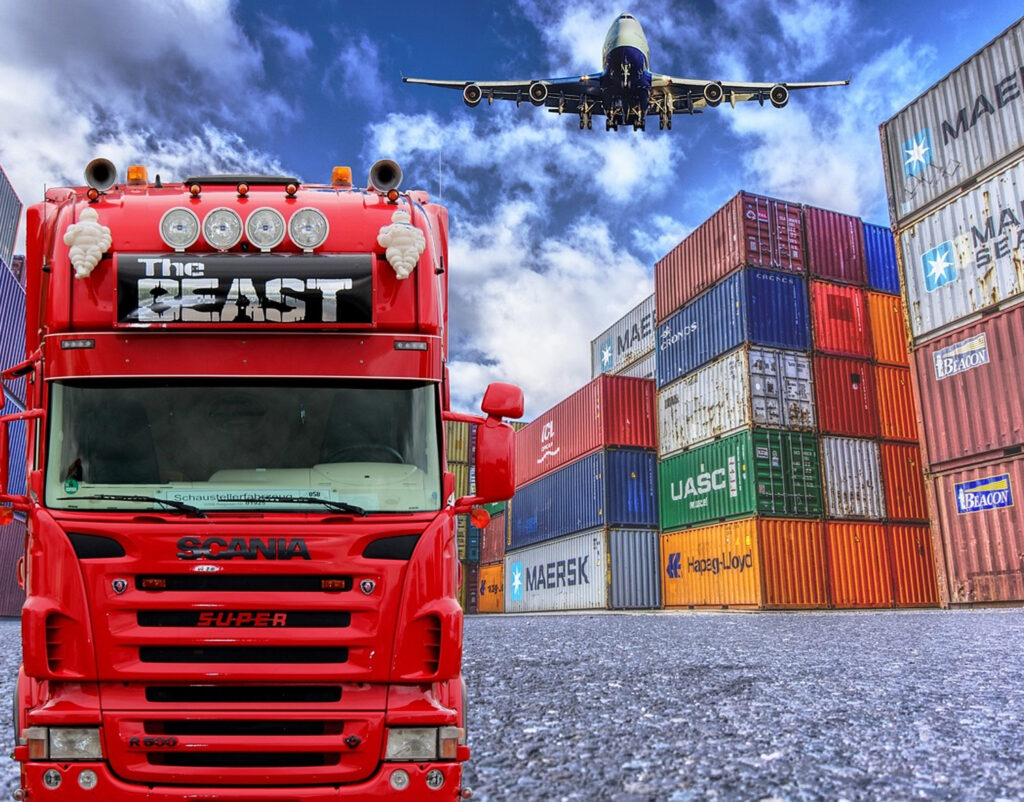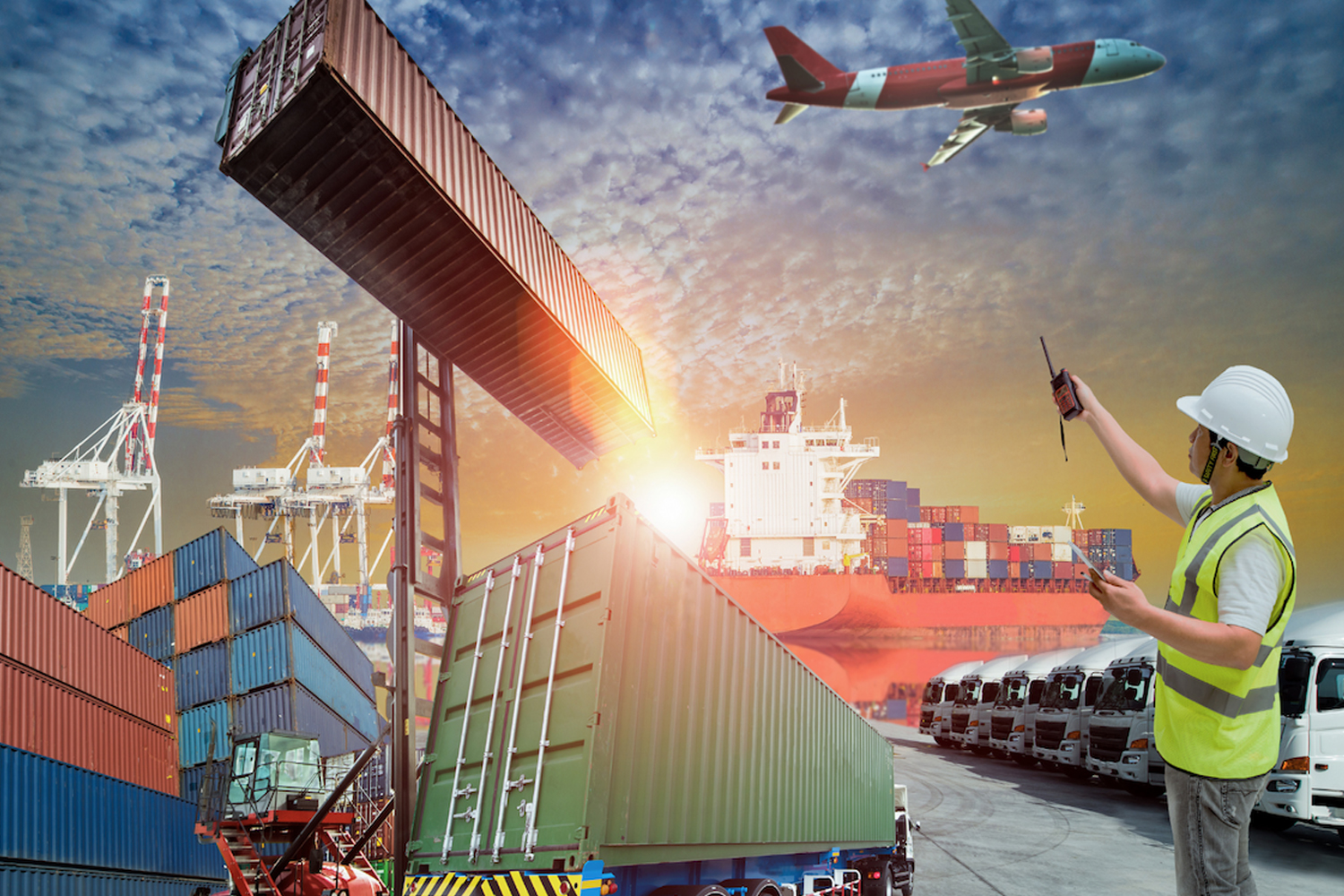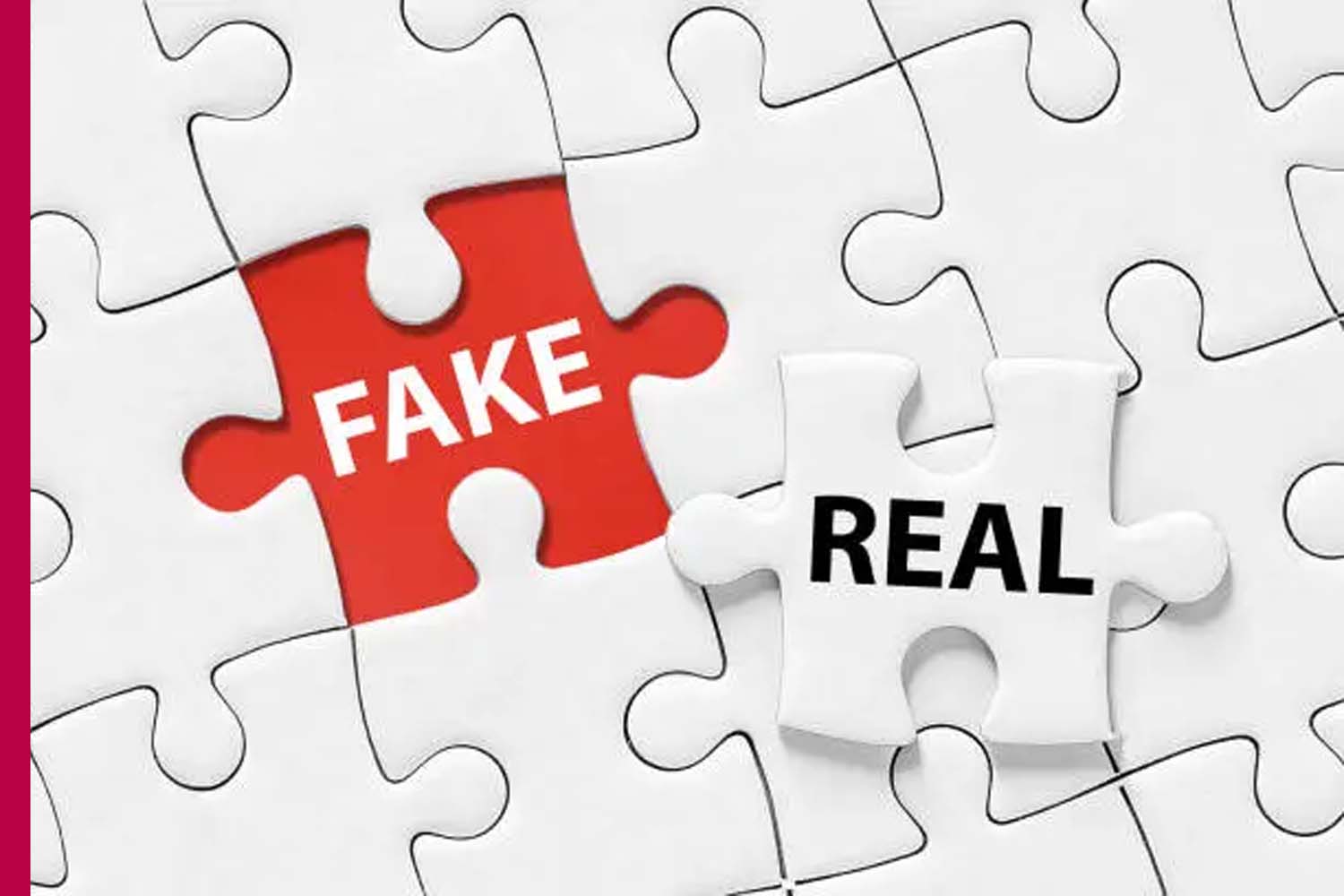When we think about modern life—online shopping, fresh produce in supermarkets, cars on roads, or even the smartphone in our hand—it all becomes possible because of one critical backbone: transportation and logistics. This sector is the invisible thread that connects producers to consumers, farmers to markets, factories to ports, and nations to global trade. Without efficient transportation and logistics, economies would struggle, businesses would collapse, and consumers would face scarcity.
Transportation ensures the movement of people and goods, while logistics manages the flow, storage, and coordination of these movements. Together, they form a powerful system that keeps the world running smoothly.
The Importance of Transportation in the Modern World
Transportation is one of the oldest industries in human history. From ancient trade caravans along the Silk Road to today’s container ships crossing oceans, transportation has enabled commerce and cultural exchange. In modern times, its importance has only grown.
There are four major modes of transportation:
- Roadways: Trucks and buses dominate inland transport, ensuring goods move quickly within and across countries.
- Railways: Trains remain cost-effective for bulk goods like coal, steel, and agricultural produce.
- Airways: Air transport is expensive but vital for urgent and perishable goods such as medicines, electronics, and high-value items.
- Waterways: Shipping remains the backbone of international trade, handling over 80% of global cargo.
Each mode plays a unique role, and together they create a multi-modal system that ensures goods reach where they are needed, when they are needed.
Logistics: Beyond Just Transportation
While transportation moves goods, logistics ensures that the process is efficient, timely, and cost-effective. Logistics involves a wide range of activities such as inventory management, warehousing, packaging, supply chain coordination, and distribution.
For example, an e-commerce giant like Amazon doesn’t just rely on trucks or planes to deliver packages. It uses advanced logistics systems to track orders, manage warehouses, optimize routes, and ensure customers get their items on time.
Key functions of logistics include:
- Warehousing: Safe storage of goods until they are needed.
- Inventory Management: Ensuring enough stock is available without overstocking.
- Order Fulfillment: Picking, packing, and delivering products to customers.
- Supply Chain Coordination: Managing suppliers, manufacturers, distributors, and retailers.
The Role in Global Trade
Globalization would not exist without transportation and logistics. Today, supply chains span continents. A smartphone assembled in China might use chips from Taiwan, glass from Japan, software from the US, and be sold in Europe. Coordinating such a complex network requires highly efficient transportation and logistics.
The rise of containerization revolutionized trade by standardizing how goods are shipped, making it easier and cheaper to move products worldwide. Similarly, just-in-time (JIT) logistics, pioneered by Japanese manufacturers, has allowed businesses to reduce inventory costs and increase efficiency by receiving materials only when needed.
This interconnected system of trade and logistics is what keeps shelves stocked, fuel available, and industries productive.
Technology Transforming the Industry
The transportation and logistics sector is undergoing massive transformation thanks to technology. From digital tracking to artificial intelligence, innovation is reshaping efficiency and transparency.
Some key technological advancements include:
- GPS & Real-Time Tracking: Customers can now track their shipments in real time, ensuring transparency.
- Automation & Robotics: Warehouses are increasingly using robots for picking and packing, improving speed and accuracy.
- AI & Data Analytics: Predictive analytics help optimize routes, reduce fuel consumption, and forecast demand.
- Blockchain: Provides secure and transparent records for international trade, reducing fraud and errors.
- Electric & Autonomous Vehicles: Promising greener, more efficient transport in the near future.

Challenges in Transportation & Logistics
- Rising Fuel Costs: Transportation is heavily dependent on fuel, making it vulnerable to price fluctuations.
- Infrastructure Limitations: Poor roads, congested ports, and outdated rail systems slow down efficiency in many regions.
- Environmental Concerns: Transportation accounts for a large share of global carbon emissions, pushing the industry toward greener alternatives.
- Supply Chain Disruptions: Events like the COVID-19 pandemic or geopolitical conflicts highlight how fragile global supply chains can be.
- Regulatory Complexities: International trade involves navigating tariffs, customs, and compliance laws, which can be time-consuming and costly.
The Role of Logistics in E-Commerce
One of the fastest-growing areas in logistics is e-commerce. With millions of people shopping online daily, the pressure on transportation and logistics has skyrocketed. Consumers now expect fast, even same-day delivery at minimal cost. This demand has pushed companies to rethink supply chains, invest in last-mile delivery solutions, and adopt technologies like drones and automated warehouses.
For instance, logistics giants like FedEx and DHL, alongside e-commerce leaders like Amazon, are experimenting with delivery drones and autonomous vehicles to cut costs and improve speed. Local courier services have also expanded rapidly, ensuring even small businesses can reach customers effectively.
Sustainability in Transportation & Logistics
As climate change concerns grow, the sector is under increasing pressure to reduce its carbon footprint. Sustainable logistics is no longer optional—it is a necessity.
Some sustainability initiatives include:
- Electric Vehicles (EVs): Replacing diesel trucks with electric alternatives.
- Green Warehousing: Using renewable energy and eco-friendly materials.
- Efficient Route Planning: Reducing fuel consumption by minimizing distance travelled.
- Alternative Fuels: Adoption of biofuels, hydrogen, and solar-powered transport.
Many companies are also committing to carbon-neutral supply chains, a move that not only benefits the environment but also appeals to environmentally conscious consumers.
The Human Element in Transportation & Logistics
While technology is reshaping the industry, people remain its backbone. From truck drivers and pilots to warehouse managers and supply chain planners, millions of professionals work tirelessly to keep goods moving.
However, the sector is facing a talent shortage, particularly in skilled areas like supply chain analytics and logistics technology. At the same time, working conditions for drivers and warehouse staff continue to be a concern. Balancing automation with job creation and worker well-being will be crucial for the industry’s future.
The Future of Transportation & Logistics
The future promises to be both challenging and exciting. With globalization and digitalization accelerating, demand for efficient logistics will continue to rise. Here are some trends shaping the future:
- Autonomous Vehicles: Self-driving trucks could transform long-haul transportation.
- Hyperloop & High-Speed Transport: Faster movement of goods and people using advanced infrastructure.
- Drone Deliveries: Particularly for last-mile logistics in urban areas.
- Resilient Supply Chains: Companies diversifying suppliers and building regional hubs to reduce risk.
- Sustainable Practices: Green logistics becoming the standard, not the exception.
As the world becomes more interconnected, transportation and logistics will remain the foundation of trade, commerce, and daily life.
Conclusion
Transportation and logistics are far more than behind-the-scenes industries—they are the lifelines of modern civilization. They ensure that businesses thrive, consumers have access to goods, and nations remain connected. From ancient trade routes to AI-driven supply chains, the sector has continuously evolved to meet humanity’s growing needs.
As challenges like environmental sustainability, fuel costs, and global disruptions intensify, innovation and collaboration will be critical. With the rise of technology, greener alternatives, and smarter supply chains, transportation and logistics are set to become not only more efficient but also more sustainable.
In the end, every product we use, every meal we eat, and every service we enjoy has a journey behind it—made possible by the vast and intricate world of transportation and logistics.











